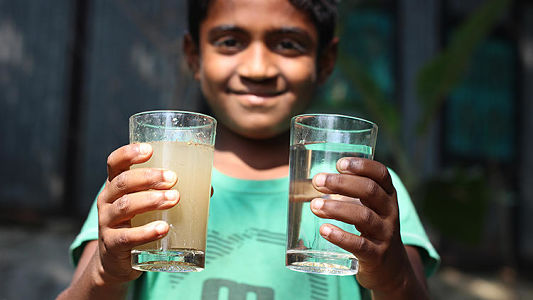Safe Water is Life in Bangladesh

A World Health Organization case study of the quality of water in Bangladesh has revealed dangerously contaminated water. The daily use of this water puts many lives at risk.
The mayor of one region in Bangladesh, Nasir Uddin Ahammed, states that the community had believed that “water is life,” when the reality is actually that safe water is life.
In Bangladesh, diarrheal disease kills 62 in 1000 children under the age of five. The government has a current target to bring this number down to 46 by 2016.
However, when customs are deeply entrenched in traditional communities, it is difficult for change to occur quickly. In addition to diarrheal disease, other risks include dysentery and cholera.
Water sanitation programs have begun to work toward improving the safety of the water. Simple solutions, such as building platforms for tube wells and covers for water pumps and using clean containers for water collection, reduce the contamination risk of water.
Awareness campaigns can effectively help the citizens of Bangladesh address unhygienic practices. The WHO understands that it is unrealistic to expect programs to repair the 10 million tube wells in the country. However, targeted awareness campaigns can provide community members with the knowledge they need to make local changes.
Clean water is important for direct health reasons, and it is fundamental to the progress of communities. When children are sick from contaminated water, they cannot attend school. Furthermore, when community members are ill, the production and development in the region decreases.
With the mounting pressure on water systems due to migration from rural areas, clean and safe water is more important than ever. In communities, water can be purified with boiling. However, some families do not participate in this practice or may not be able to afford the fuel to boil water.
Current water sanitation programs are starting to see fewer diarrhea outbreaks with increased hygiene awareness. Moving latrines further away from tube wells has proven essential. In addition, with increased awareness, more community members are willing to pay for technologies and practices that will keep their drinking water clean.
– Iliana Lang
